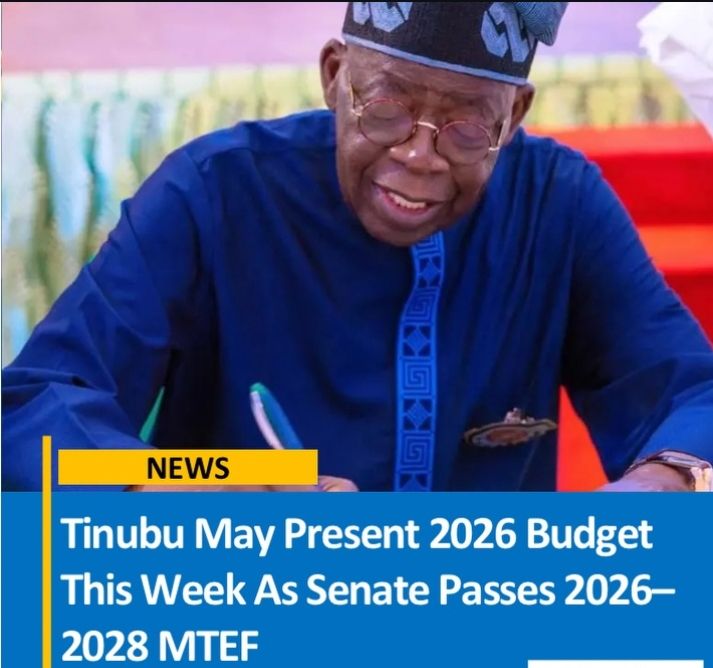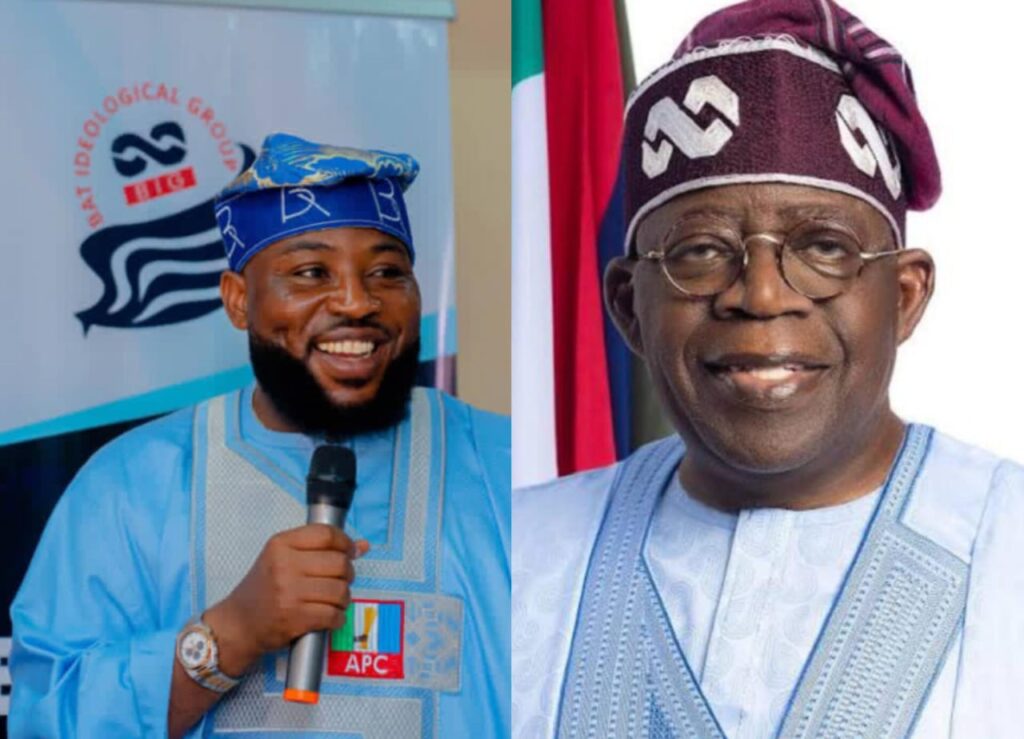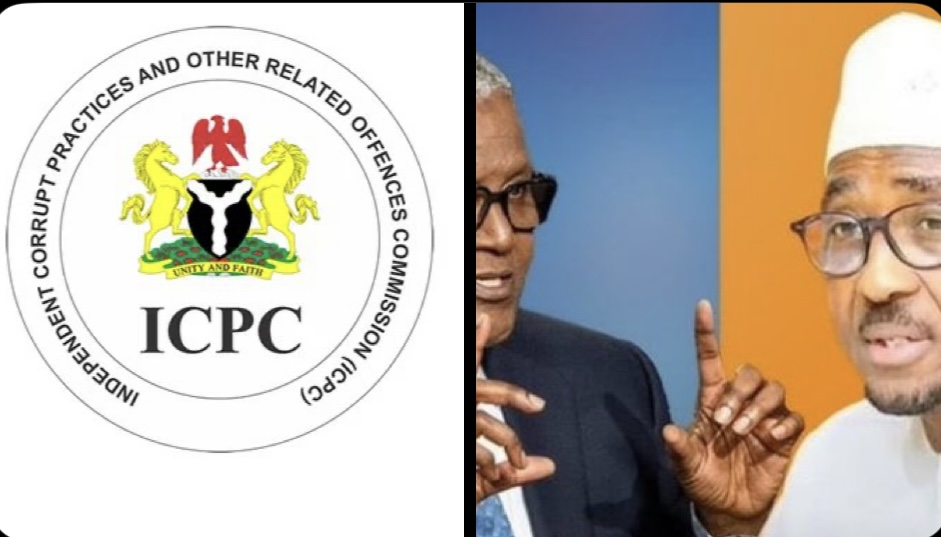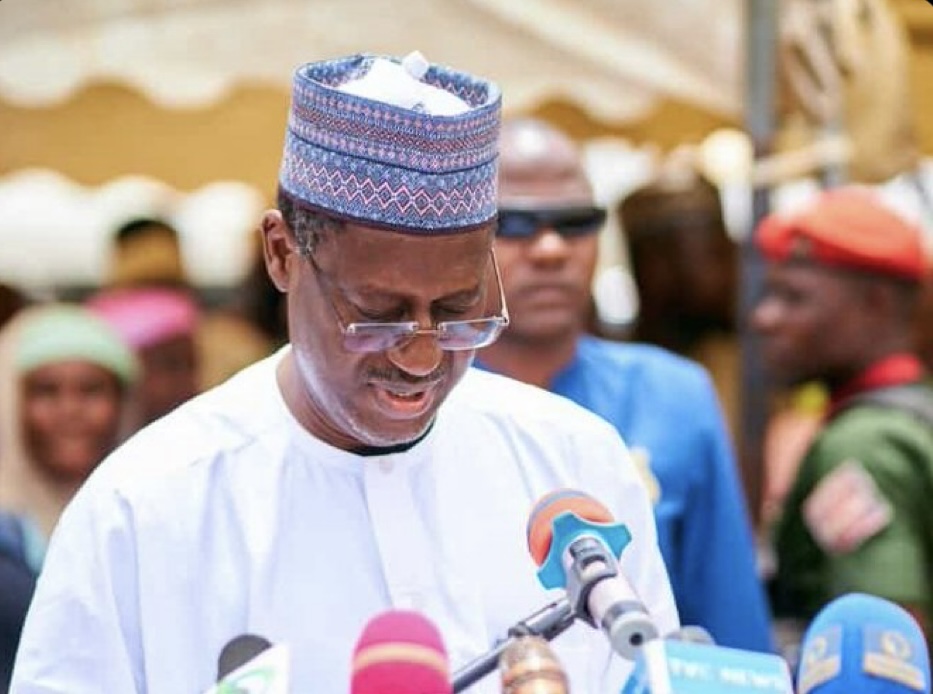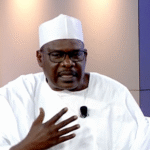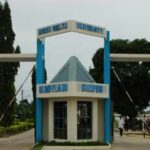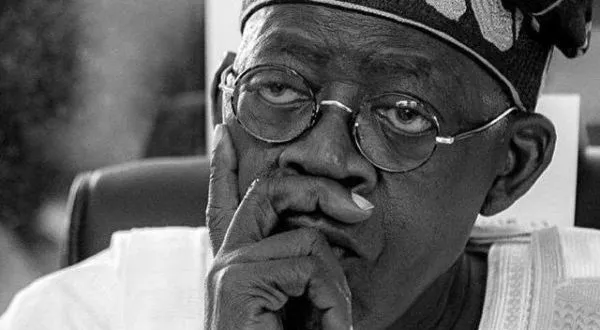Beijing Military Parade Draws Global Attention as Putin and Kim Join Xi
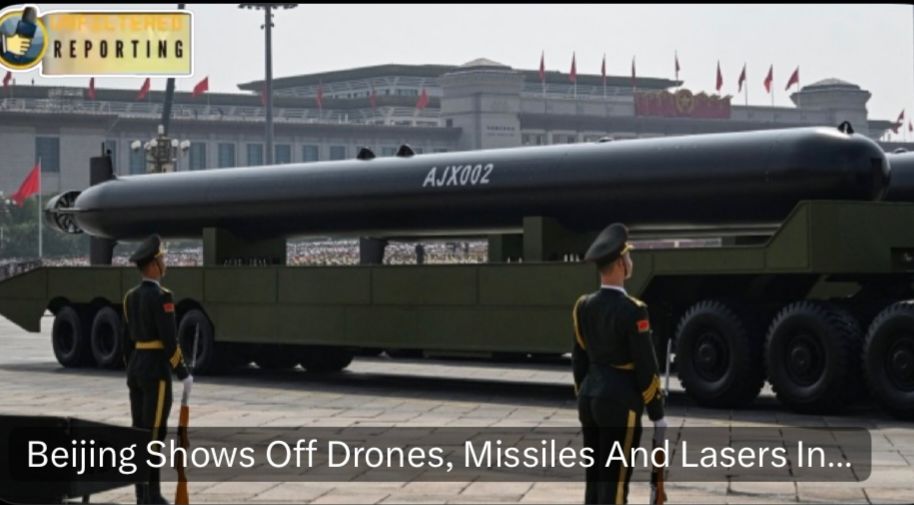
China on Wednesday staged a massive military parade in Beijing to mark the 80th anniversary of Japan’s surrender in World War II, an event that drew worldwide attention for both its military displays and its political symbolism.
The occasion was attended by several key foreign leaders, most notably Russian President Vladimir Putin and North Korean leader Kim Jong Un, whose presence alongside Chinese President Xi Jinping has raised concerns about shifting power dynamics in global security. The parade, held in the heart of Tiananmen Square, featured tens of thousands of troops, cutting-edge weapon systems, and new-generation military hardware. On display were hypersonic missiles, stealth combat drones, long-range strike platforms, and advanced naval technologies—equipment that experts say highlights China’s rapid progress in defense modernization. Military analysts observed that many of these capabilities appeared to reflect lessons from ongoing global conflicts, including Russia’s war in Ukraine. Yet, beyond the weaponry, it was the diplomatic optics that drew the closest scrutiny. Putin and Kim’s joint appearance with Xi was described by observers as a striking display of solidarity among three nuclear powers that have historically positioned themselves against Western influence. Following the parade, the Russian and North Korean leaders held private talks at Beijing’s Diaoyutai State Guesthouse, reportedly discussing avenues for deeper military and economic cooperation. Kim Jong Un reaffirmed his government’s commitment to supporting Moscow, while Putin expressed gratitude for what he characterized as Pyongyang’s assistance in the Ukraine war. Such exchanges have fueled speculation about ongoing arms transfers from North Korea to Russia, particularly involving artillery shells and ammunition—an issue that Western intelligence agencies have repeatedly flagged in recent months. For China, the parade served multiple purposes. Domestically, it was a display of national pride and the ruling Communist Party’s strength. Internationally, it was a carefully orchestrated signal of Beijing’s willingness to stand alongside partners who challenge U.S. and Western dominance. Chinese officials, however, stressed that the event was primarily a commemoration of victory in World War II and a tribute to the sacrifices made by Chinese soldiers. Reactions from regional neighbors and Western governments were swift. Japan voiced unease over the visible unity between Beijing, Moscow, and Pyongyang, warning that such partnerships could destabilize the Asia-Pacific. Taiwan urged vigilance among its allies, while U.S. officials described the parade as evidence of a deepening bloc that could reshape the global security order. Military experts say the parade raises urgent questions: Will these symbolic gestures translate into practical steps, such as joint military drills, technology exchanges, or even basing agreements? Could the public display of unity trigger a new arms race in Northeast Asia? Analysts caution that while the parade itself was largely ceremonial, the diplomatic and military undertones point toward longer-term shifts in alliances and deterrence strategies. In the eyes of many observers, the spectacle in Beijing was more than just a commemoration—it was a statement. A statement about China’s growing military power, Russia’s search for partners amid its war in Ukraine, and North Korea’s bid to break isolation through alignment with two of the world’s most influential powers. What remains to be seen is whether the show of solidarity will remain symbolic or evolve into concrete strategic cooperation capable of reshaping global security dynamics.


